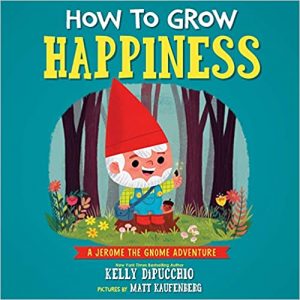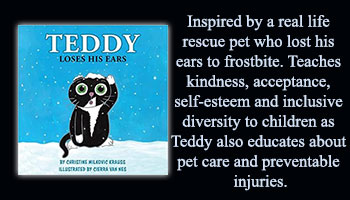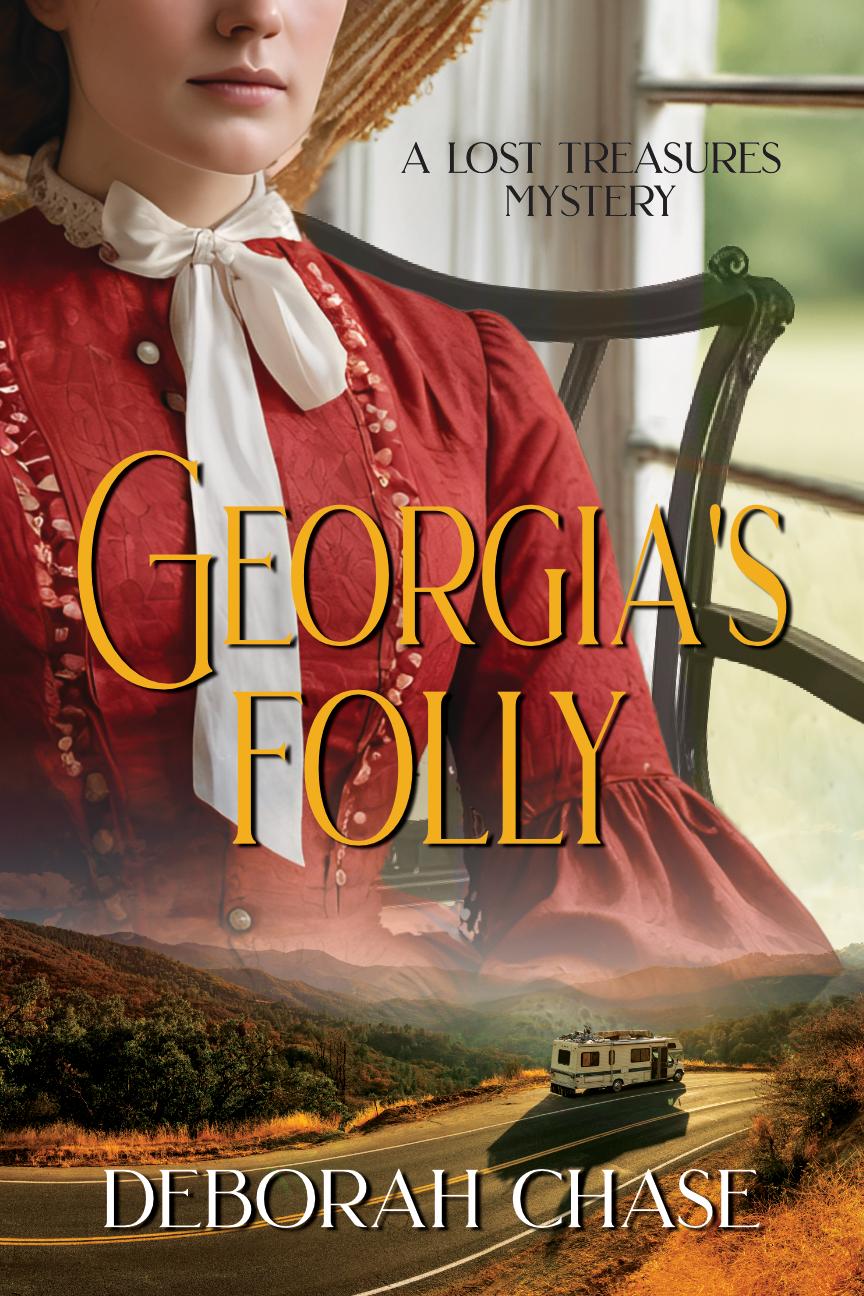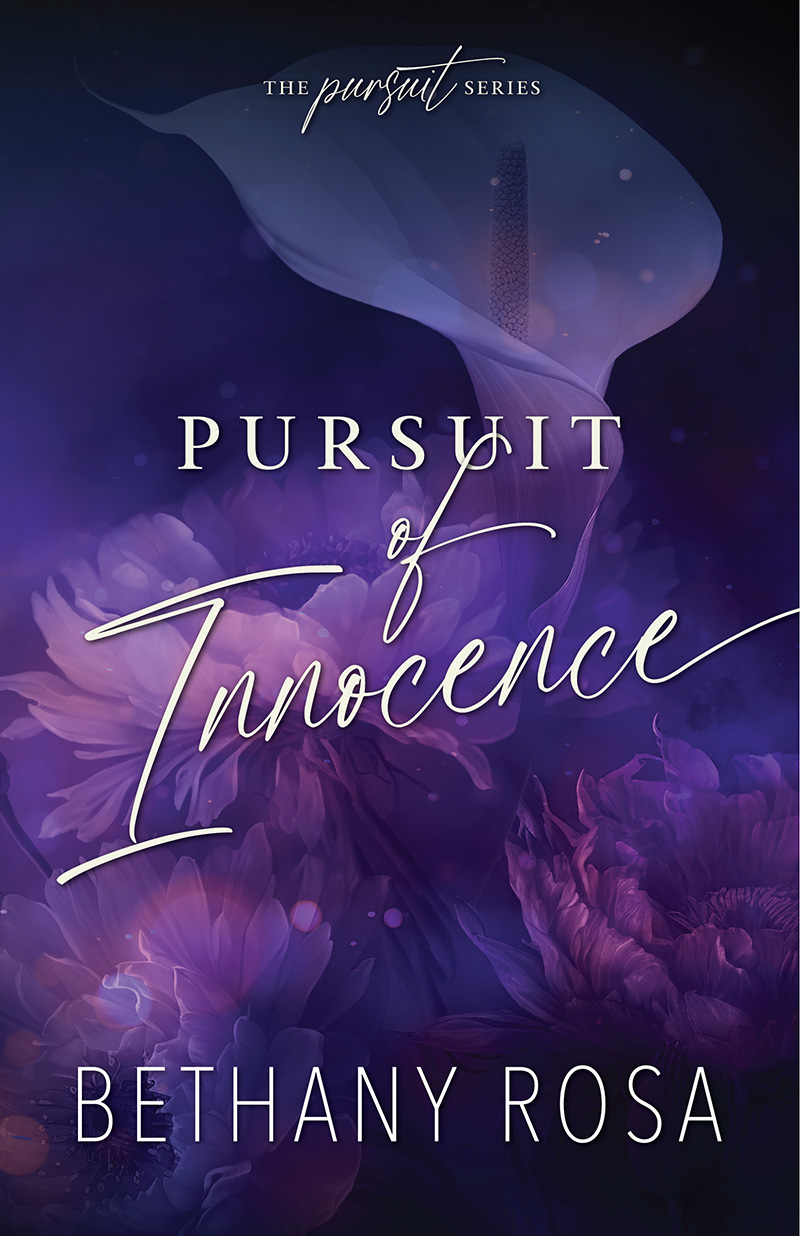How to Grow Happiness by Kelly DiPucchio
Publisher: Rodale Kids
Genre: Children’s (0 – 6 y.o.), Sci-Fi/Fantasy, Contemporary
Rating: 5 Stars
Reviewed by AstilbeJerome the Gnome takes young readers on whimsical adventures through his garden, celebrating discovery and sowing the imagination as he introduces topics such as science, environmental awareness, and agriculture.
In How to Grow Happiness, Jerome and his fellow Garden of Wonder dwellers—including Oakie, his pet acorn; Nutilda, a hyperactive squirrel; and Warble, a fast-talking bird—learn what it takes to make a happiness seed blossom. Through patience, asking for help, and teamwork, Jerome and his friends take a little black seed left on a windowsill and find ways to help it grow. They soon find that as it flourishes, their own happiness does too.
Jerome the Gnome teaches young readers and listeners how a garden grows, as well as how a community comes together to make the experience more rewarding—and fun!
Nurturing a seed is harder than it looks.
When I first met Jerome the Gnome, I was impressed by how hopeful he was that his little black seed would turn into something marvelous. When his first few ideas for encouraging it to grow didn’t work out, his sadness made me like him even more. No one can be cheerful all of the time, so it made perfect sense for his disappointment to dampen his mood. With that being said, one of the reasons why I gave this a perfect rating had to do with how he behaved after he acknowledged his frustration and disappointment. It couldn’t have been a better reaction to those completely understandable emotions.
Writing metaphorical stories for preschoolers definitely isn’t easy, but Ms. DiPucchio sure made it seem like it is. She struck the perfect balance between telling an engaging tale about a gnome who just wanted his seed to wake up and encouraging her audience to think of ways we could act like Jerome in our own lives when our best efforts don’t seem to be paying off. Honestly, this was something I’d be just as eager to share with adults as I would with the audience it was written for due to how much effort the author put into developing her message.
I smiled my way through the last couple of scenes as the characters took note of everything a seed needs in order to start growing. There was an addition to this list that was beautiful and poetic. It was also a great deal of fun to guess what seed might turn into when it grew up. No, I won’t be giving out any hints there. This is something that each reader definitely needs to discover for themselves.
How to Grow Happiness was utterly delightful.























